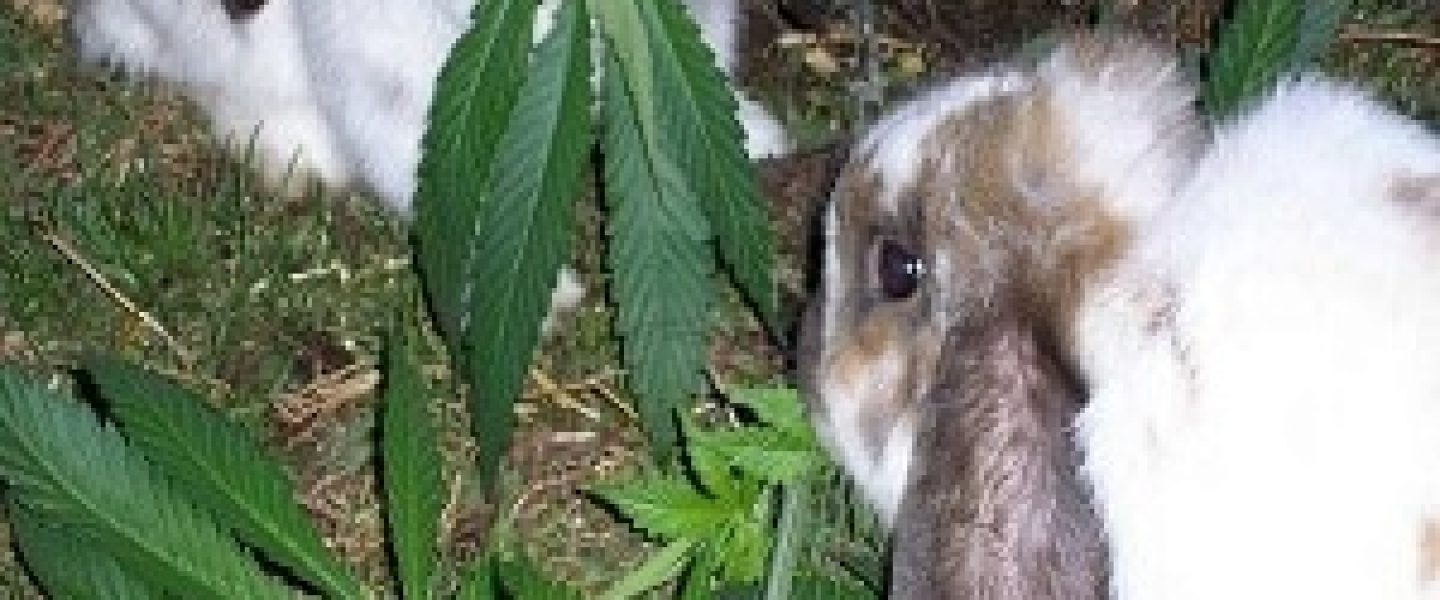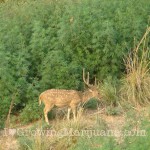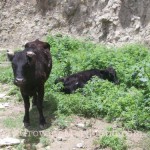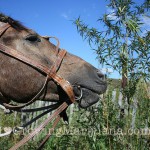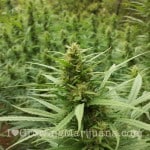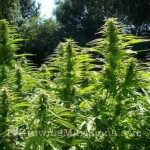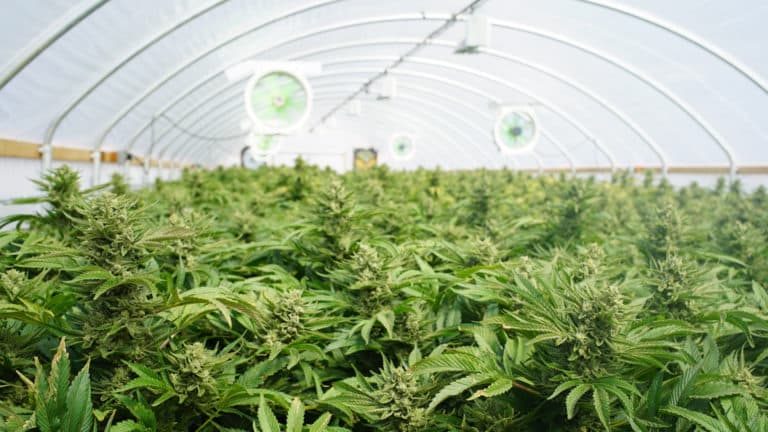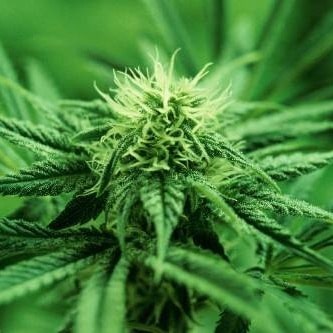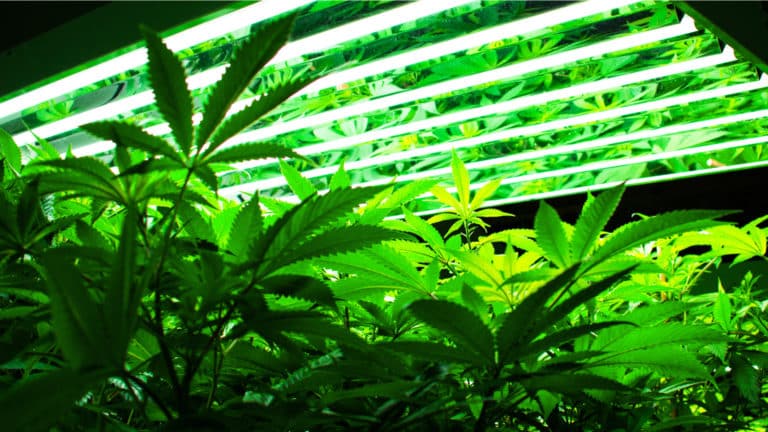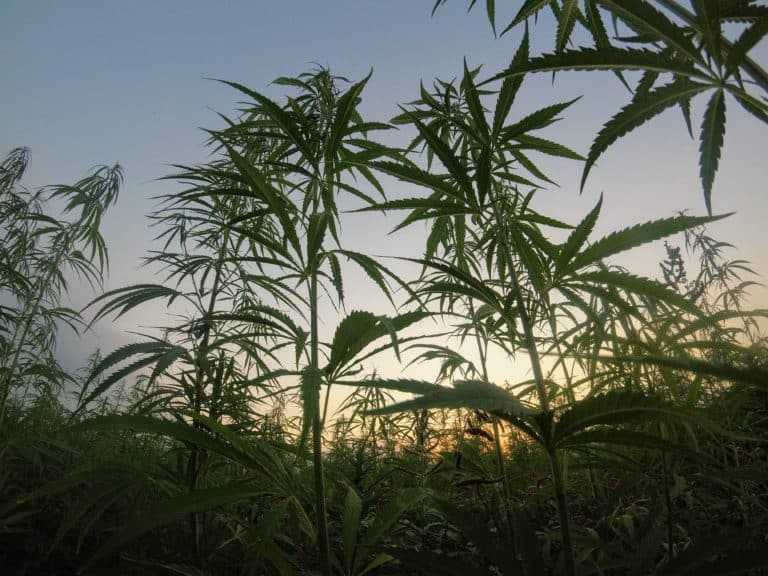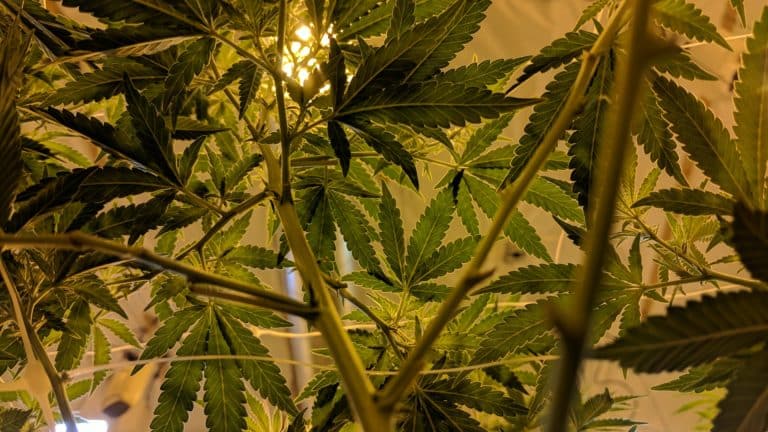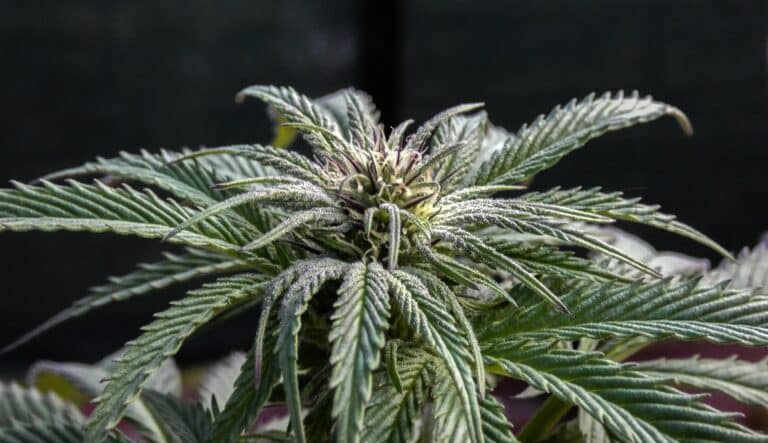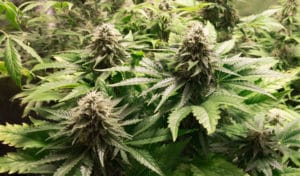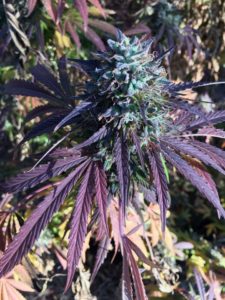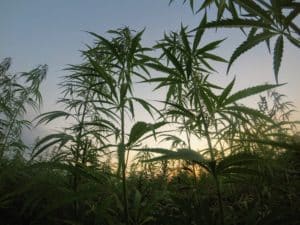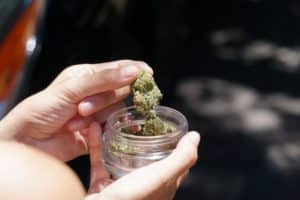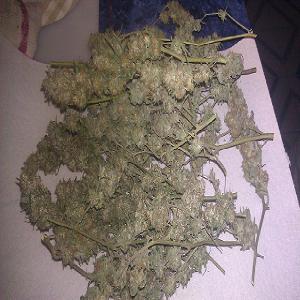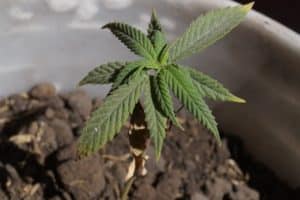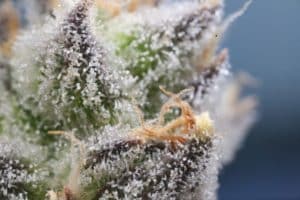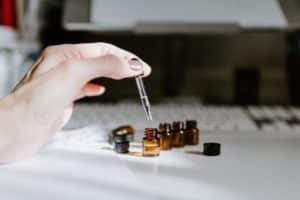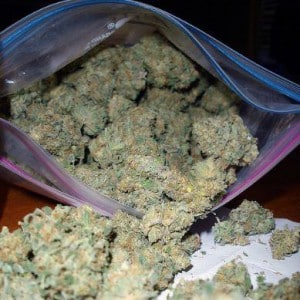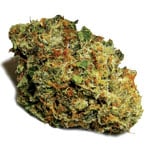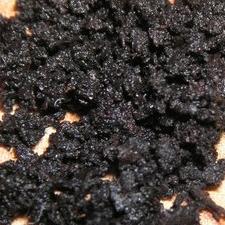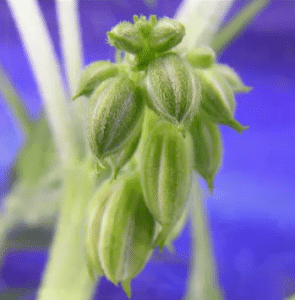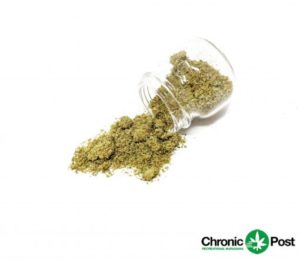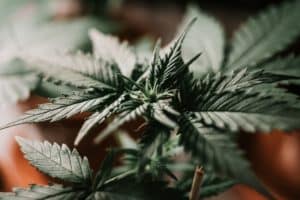For pests that walk, run, or burrow, more extreme physical measures might need to be taken. Until the marijuana plant develops a hard stem, all manner of rodents, rabbits, and possibly even raccoons may decide to snack on your marijuana plants.
Cannabis growers experience problems with rabbits, hares or wombats and wallabies for Australian growers. Wombats are small and tend to burrow underground and eat at the roots, whereas rabbits and wallabies will trample and eat the plants, as they do most leafy things they encounter. Placing a hard object around the base of the marijuana plant, such as a coffee can with both ends removed, or anything else with similar hard shell properties, helps against most burrowing animals.
Due to security concerns, most cannabis growers won’t be able to erect chicken-wire enclosures, and the coffee can method is an alternative that is relatively easy, cheap, and less obvious however must be started early on or else it is harder to get the can around the stem without slicing it vertically.
Blood meal powder available at nurseries can be sprinkled around the perimeter to scare away rabbits and other animals that do most of their damage above ground, but may attract flesh-eating animals that will dig in search of flesh. Blood meal is also an organic food produce so this must be factored in when feeding your marijuana plants. One way to solve both problems is to purchase urine from a predatory cat, like a puma or lion, and pour that around the perimeter instead of the blood powder. Deer, as well as the smaller mammals, won’t go near the marijuana plants if they think they’ve stumbled across the path of a predator. This is another common item available over the Internet or in professional nurseries. If you can’t get your hands on any big cat urine, human urine can ward off animals as well. We are, after all, one of the most destructive and predatory forces in nature.
When dealing with a possible pest problem, the first thing to do is to remain calm and not overreact. Before treating your marijuana plants or the area, inspect everything closely to determine exactly what type of infestation you might be experiencing. Unless the marijuana plant has begun to droop because a huge gash has been removed from its stalk, it can usually right itself as it matures. If the problem is cosmetic don’t worry, as the plant will always be growing new leaves to catch the sun for photosynthesis.
Remember that some of problems may simply be due to the local environment. For instance, other plants in the area may be the ones that are infested, and the insects are driven to your marijuana plants in search of new food sources. Find out what plants are around and which types of enemies they have, and then deter- mine the best way to defend against them with minimal damage to your plants.
If all else fails and you must use a chemical insecticide remember that they are not very specific in their killing and may harm beneficial insects and warm-blooded animals in the area. Remember as well that there is a potential threat to your health when you use chemicals, and your marijuana plants should only be harvested and smoked after the chemically active period is over.
The manufacturer should make this information available, but always check these claims by conducting your own research as new studies seem to appear often contradicting previous information.
Growers Also Ask:
How To Grow Dense And Bushy Marijuana Plants
What Is The Ideal Temperature For Growing Marijuana Plants?
What Are The Best And Most Popular Marijuana Fertilizers?


